|
|
|
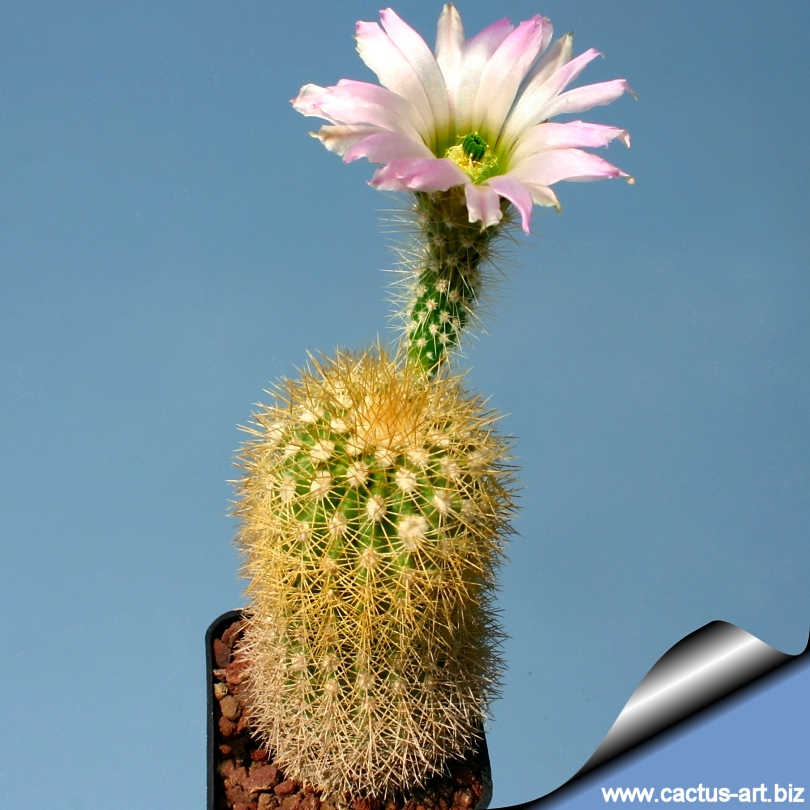
Echinocereus websterianus
L098 (Isla San Pedro Nolasco, Baia California)
|
|
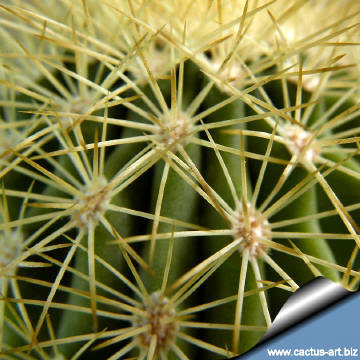
|
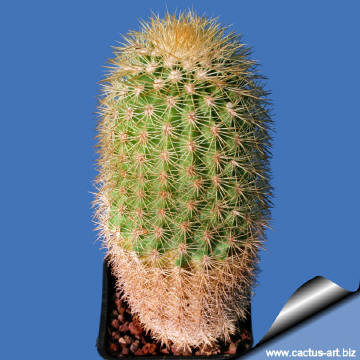 |
|
. |
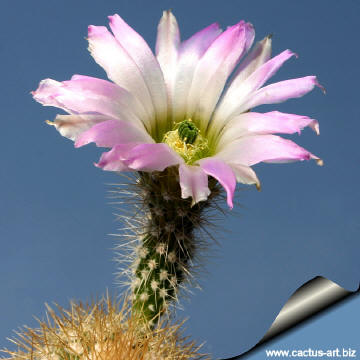 |
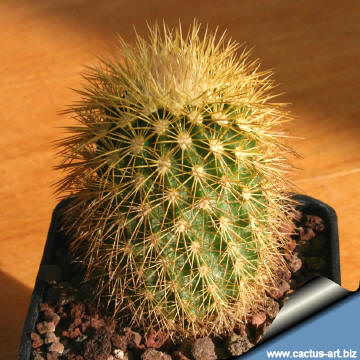 |
|
. |
|
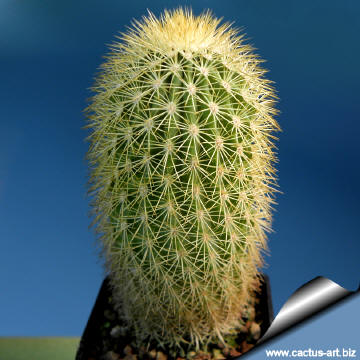 |
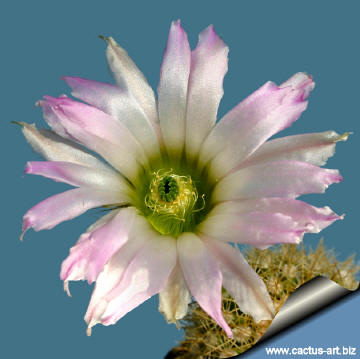 |
|
Advertising
|
|
|
|
|
Family:
Cactaceae (Cactus
Family)
Scientific name:
Echinocereus
websterianus G.E.Lindsay,
Cactus and Succ. Jour. 19: 153, f. 102-103. 1947.
This species is very similar to
E. grandis and it is uncertain of whether they
are in fact one or two species.
Common English Names include:
Webster's Hedgehog Cactus, San Pedro Nolasco hedgehog cactus.
Origin: It is thought to have a very limited distribution in
Baja California and Mexico, Sonora, San Pedro Nolasco. It is unclear
though whether the plant is actually to be found growing on the Baja
California mainland, or whether it is only an island(s) based endemic.
Conservation status: Listed in
CITES appendix 2.
|
|
Description:
This plant can grow as many as about 50 stems in a relatively large
clump. Plants in cultivation often grows for a long time with single
solitary columnar stems. It's a quite variable plant and a fine example
of the degree of variability to be expected within a species still
evolving as are the cacti.
Stems: Columnar, light green, , about 6-8 cm in diameter up to about
60 cm long with 18 to 24 low
well defined ribs
sometimes tuberculate, the branches grows from the base.
Areoles: close-set
Spines: Golden yellow becoming brownish with age (occasionally
white), needle-like, fragile, slightly recurved.
Radial spines: Spreading, about 10 to 14.
Central spines: Erect 6 to 8 up to 1 cm long. (but central spines
are usually hardly distinguishable from the radials)
Flowers: Diurnal,
arising near the stem's apex,
funnelform, the colour varies from whitish (for plants ex Isla San
Esteban), to pale pink, deep-pink or violet (for forms found on the
other islands of San Lorenzo, Nolasco Island and Las Animas, in the
Gulf of California) or occasionally yellowish. The throat is white or
yellow. The flowers are relatively short-tubed and small for an
Echinocereus , up to 6 cm long, 3(-4) cm in diameter.
Floral remains are difficult to detach from the plant and can set up
stem rot.
Blooming season: It flowers annually in June/July
, the flowers remain open
for 2 or 3 days.
Blooming
generally begins 7 to 10 years after sowing, as the plant matures.
|
|
|
|
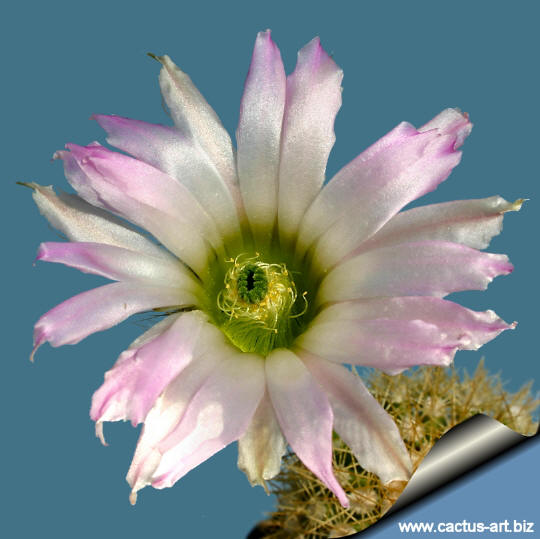
The flowers are a beautiful pink.
They
bloom from April through July, and are very showy.
Blooming generally begins 7 to 10 years after sowing, as the plant
matures.
Cultivation:
This cactus is
cultivated and highly
priced for its flowers and tall columnar
gold spined stems. It is among the
easiest species to grow, flower and propagate
but a slow grower. Water regularly from March to
October. Rot prone in winter, it needs good drainage. It
prefers a deep pot. It is though a holy terror when you attempt to repot
it, even the slightest touch seems to break off the spine clusters, a
very difficult issue to avoid if you are moving a larger plant!
Unfortunately, this tendency also permanently marks the plant and be
aware that such faults are not necessarily due to poor cultivation! but
in the greenhouse we will normally cut it and re-root its top when it
gets too long. The base, of course, will produce more pups which can
also be taken and re-rooted. It
require strong sunlight to maintain a healthy
appearance, and a
harsh "dry and cool" winter environment combined with maximum light
exposure enhances spring flower production. Avoid freezing
temperature (But hardy to to -5° C for short periods).
Propagation: Seeds or cuttings if available.

 |
|